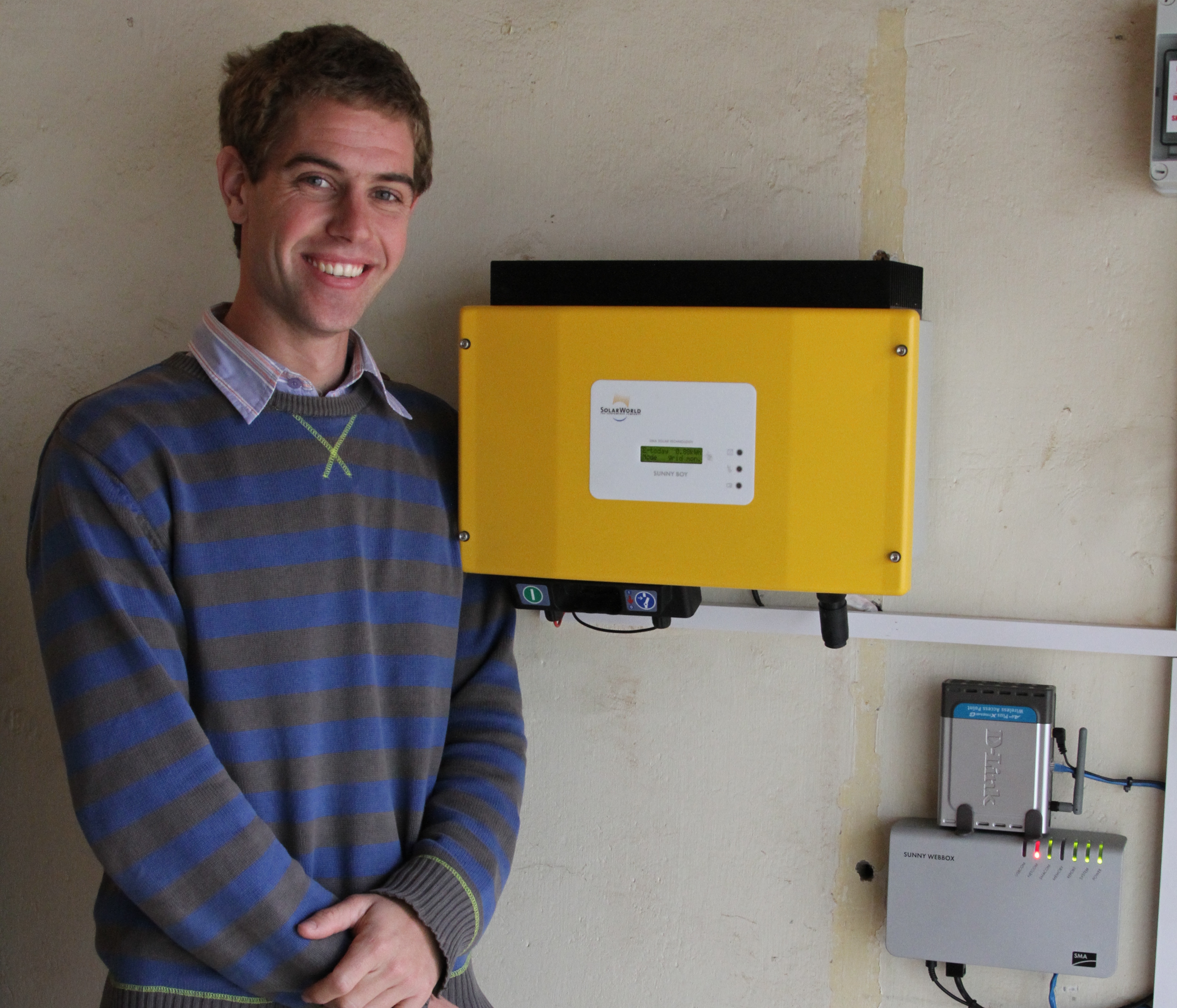InnovUS Technology Transfer (Pty) Ltd, Stellenbosch University’s wholly-owned technology transfer company, celebrated going green at a launch event held at their office on Thursday 21 October 2010.
The InnovUS office in De Beer Street, Stellenbosch, is the first administrative building on the Stellenbosch campus of the University to install photovoltaic (PV) solar panels in order to generate their own electricity and thereby reduce the amount of electricity purchased from the municipality. The project will pave the way for the rest of the University to follow suit. “We are proud to be able to serve as an example of how this well-established technology works and how it benefits the environment,” says Anita Nel, Chief Executive Officer: InnovUS.
The project is a collaborative effort between InnovUS, Stellenbosch University’s Centre for Renewable and Sustainable Energy Studies (CRSES) and Setsolar, a renewable energy company specialising in PV solar module manufacturing and installation as well as solar water heating systems. The project was launched in July and is in line with the overall sustainability objectives of the University. The PV panels were donated by Setsolar and the system installed by CRSES. Inverters and other equipment were supplied by Emergent Energy (Pty) Ltd.
Duncan Palmer, a research engineer at CRSES, was responsible for the installation and commissioning of the PV system. He says: “The peak production of the PV panels occurs at midday, which coincides with the peak electricity demand of InnovUS. This new system also monitors the amount of electricity that InnovUS has saved due to the PV panels.”
Palmer adds that the launch served as an opportunity to showcase exactly how the system works and how it can be used to reduce electricity costs which decreases the use of fossil fuel and reduces CO2 emissions. “Installing an alternative energy source must go hand in hand with changing one’s habits,” says Palmer. “These include simple things such as switching off lights when not in use, wearing warmer clothing instead of switching on heaters during winter, setting air conditioners warmer in summer and cooler in winter and cycling instead of driving to work.”
According to Professor Wikus van Niekerk, Director of CRSES, the project will be upgraded in future to make it even more efficient. “Energy from the panels is currently being used as it is produced, but with the planned storage capabilities and the use of a bi-directional inverter, energy can also be used when needed, for instance during power failures, at night or on days when it is overcast.”
